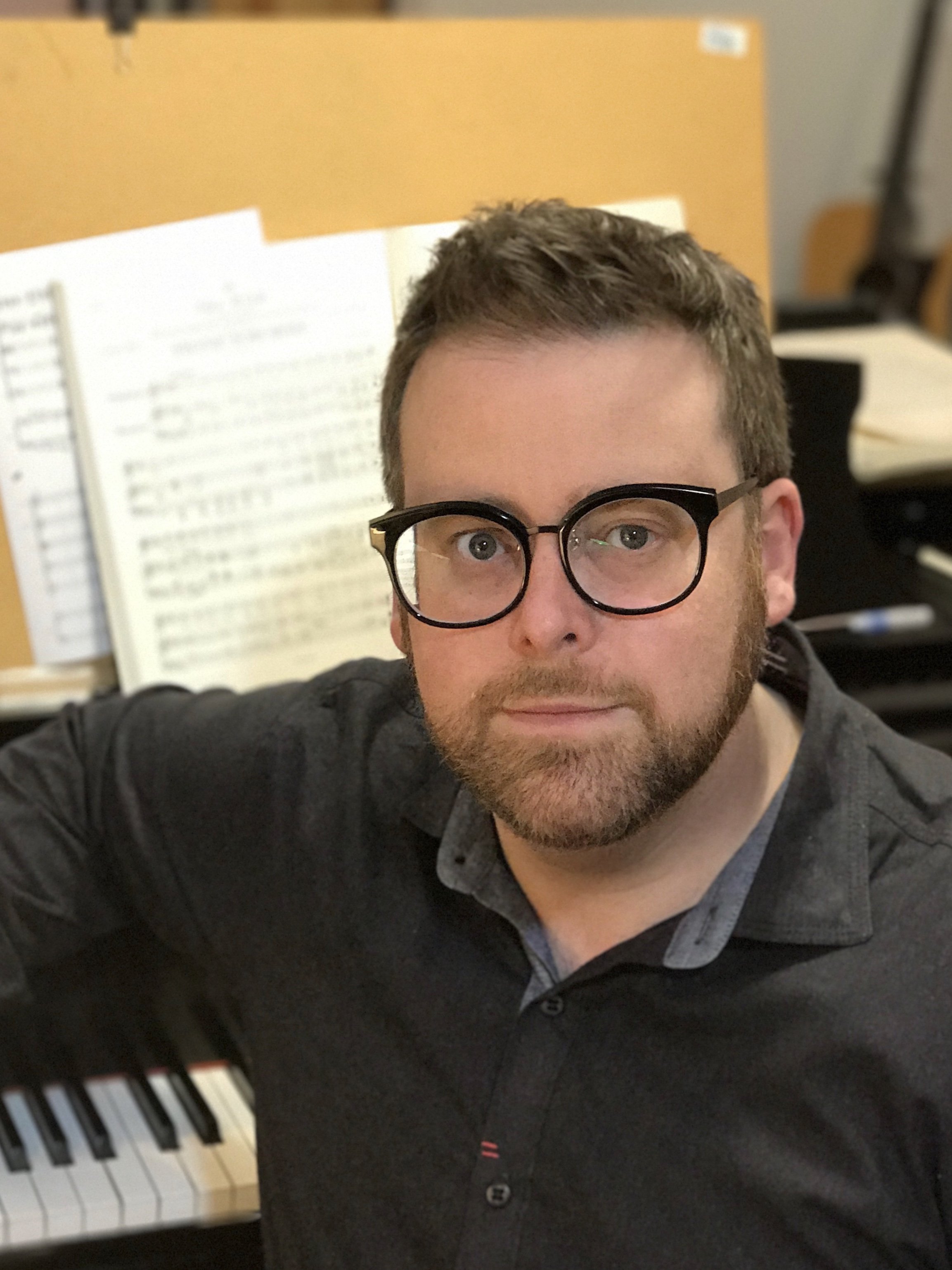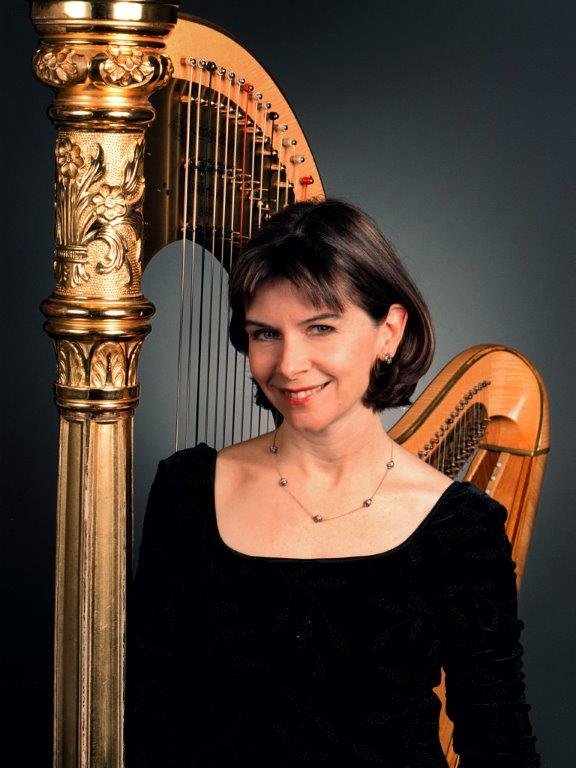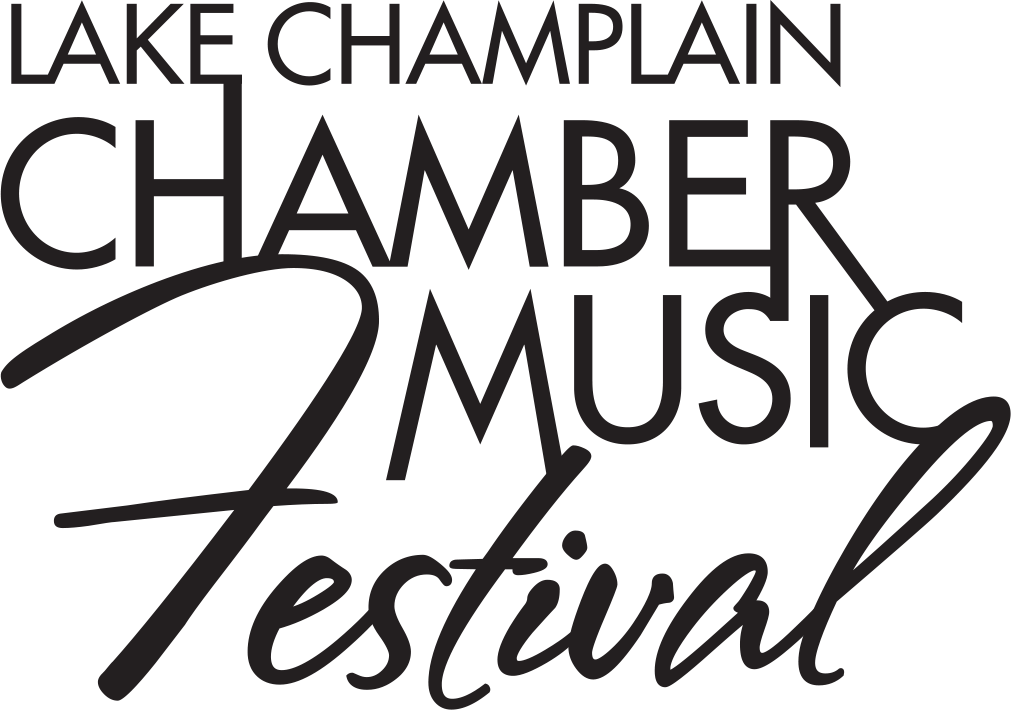CONCERT III: Postcards from Europe
FRIDAY, AUGUST 23, 2024
Elley-Long Music Center at St. Michael’s College (map)
10 AM | IN DEPTH Rhythm of Life with Sandeep Das
Grammy-winning tabla player Sandeep Das is among the great artists at his craft in the world today. He has performed with the Boston Symphony, Chicago Symphony, and New York Philharmonic and collaborated for decades with Yo-Yo Ma and the Silk Road Ensemble. Through performance and discussion, he will take us into the rich history of the tabla- an instrument that lies at the heart of classical and folk music from India- and his experiences learning in India's ancient master-apprentice tradition.
6:45 PM | Pre-Concert Conversation with Soovin Kim and David Serkin Ludwig
7:30 PM | CONCERT III: Postcards from Europe
For millennia, composers around the world have been inspired by folk music for its expressive directness and evocation of popular traditions. On this program, we will explore the music of composers influenced by European musical traditions, from the Yiddish tunes of David Schiff to the eclectic inspirations of Berio and the nostalgic melodies of Dvořák, who passionately integrated folk and classical music elements, defining the practice for so many to come.
Reception and Meet-the-Artists to follow
General Admission $45
Under 30 $20
Students $5
PROGRAM
-
Artists
Soovin Kim, violin
Jennifer Frautschi, violin
Misha Amory, viola
Marcy Rosen, cello
Todd Palmer, clarinet
Gloria Chien, piano -
Black is the Colour (John Jacob Niles, USA)
I Wonder as I Wander (John Jacob Niles, USA)
Loosin yelav (Armenia)
Rossignolet du bois (France)
A la femminisca (Sicily, Italy)
La donna ideale (Luciano Berio, Italy)
Ballo (Luciano Berio, Italy)
Motettu de tristura (Sardinia)
Malurous qu'o uno fenno (Auvergne, France)
Lo fiolairé (Auvergne, France)
Azerbaijan Love Song (Azerbaijan)Artists
Jennifer Johnson Cano, mezzo-soprano
Emi Ferguson, flute
Bixby Kennedy, clarinet
Misha Amory, viola
Marcy Rosen, cello
Nancy Allen, harp
Ji Hye Jung, percussion
Ji Su Jung, percussionProgram Note
I have always sensed a profound uneasiness while listening to popular songs performed with piano accompaniment. This is one of the reasons why, in 1964, I wrote Folk Songs - a tribute to the artistry and the vocal intelligence of Cathy Berberian. This work exists in two versions: one for voice and seven players (flute/piccolo, clarinet, two percussions, harp, viola, cello), the other for voice and orchestra (1973).
It is an anthology of eleven folk songs of various origins (United States, Armenia, France, Sicily, Sardinia, etc.), chosen from old records, printed anthologies, or heard sung from folk musicians and friends. I have given the songs a new rhythmic and harmonic interpretation: in a way, I have recomposed them. The instrumental part has an important function: it is meant to underline and comment on the expressive and cultural roots of each song. Such roots signify not only the ethnic origins of the songs but also the history of the authentic uses that have been made of them.
Two of the eleven songs (“La donna ideale” and “Ballo”) are only intentionally popular: I composed them myself in 1947 to anonymous Genoese and Sicilian texts.©2024 Luciano Berio
-
Allegretto scherzando
Tempo di minuetto. Grazioso
Allegretto scherzando
Canon. Andante con moto
Poco AllegroArtists
Soovin Kim, violin
Jennifer Frautschi, violin
Edward Arron, cello
Jeewon Park, harmonium -
V. Allegro - Meno mosso
VI. Lento maestoso - VivaceArtists
Jennifer Frautschi, violin
Edward Arron, cello
Jeewon Park, pianoProgram Note
Dvořák stands as one of the great masters of chamber music in the nineteenth century. The Piano Trio No. 4, Op. 90, perhaps the most celebrated of Dvořák’s chamber compositions, epitomizes his characteristic synthesis of refreshing directness and complex expression. The Trio presents a sincere, compelling reflection of Bohemian and Czech folk music, chock-full of hearty lyricism and enthralling contrasts.Dvořák completed Op. 90 in February of 1891, and the premiere performance was presented two months later with the composer at the piano. The work was met with such acclaim that Dvořák included it on his 40-concert tour of Moravia and Bohemia just before he departed on an influential trip to the United States in 1892. The subtitle of the Trio, “Dumky” (the plural of “dumka”), is a Czech and Ukrainian term that roughly translates to “ballad.” Musically speaking, a “dumka” refers to a Slavic folk song characterized by sudden changes from mournful and somber to exuberant and vivacious. Op. 90 can be thought of as a suite of six dumky, each exhibiting a masterful use of contrast in texture, rhythm, tempo, and character.
The folk inspiration of the “Dumky” Trio has ramifications not solely on the musical material – it also influences the piece’s form. While the piece certainly exists outside of the realm of conventional sonata form, the music can be understood as a classical four-movement structure. The first three movements are played “attacca” (without pause) and are set in closely related keys. Heard together as one movement, each of these first three dumky exhibits dramatic contrasts: the first movement is a passionate, anguished lament, the second a quiet song of mourning, and the third a delicate, heartwarming ballad.
If the first three dumky constitute the first movement in a large four-part structure, the fourth dumka, then, is the work’s pensive, march-like second movement. The penultimate dumka notably reverses the slow-fast pattern that characterizes all of the previous dumky and can be thought of as the “scherzo” movement. The finale features an alternation between C minor and major and returns to the slow-fast pattern.
©2024 Jonah Cohen and LCCMF
ARTISTS
-

Soovin Kim
VIOLIN
-

Gloria Chien
PIANO
-

David Serkin Ludwig
RESIDENT COMPOSER
-

Jennifer Johnson Cano
MEZZO SOPRANO
-

Jennifer Frautschi
VIOLIN
-

Misha Amory
VIOLA
-

Edward Arron
CELLO
-

Marcy Rosen
CELLO
-

Emi Ferguson
FLUTE
-

Bixby Kennedy
CLARINET
-

Nancy Allen
HARP
-

Ji Hye Jung
PERCUSSION
-

Ji Su Jung
PERCUSSION
-

Sandeep Das
TABLA
-

Jeewon Park
PIANO

